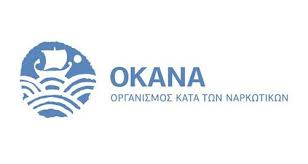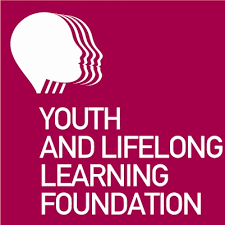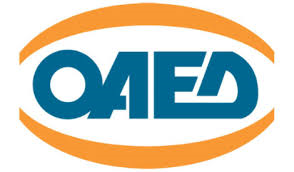Both monitoring and evaluation are management tools. In the case of monitoring, information for tracking progress according to previously agreed on plans and schedules is routinely gathered. Discrepancies between actual and planned implementation are identified, and corrective actions are taken. When findings are used to monitor the development results (effects, impacts), it is sometimes referred to as ongoing evaluation.
Evaluation is more episodic than monitoring. It is facilitated by monitoring but utilizes additional sources of information. Many such sources are identified during project reviews when there is a need to understand why inputs did not lead to planned outputs. The evaluation focuses on specific questions related to effectiveness and impact to influence future programs or services. Impact assessment is often tricky because causality is difficult to determine and is costly and time-consuming. However, managers need to know the effects of project activities on the intended beneficiaries during implementation. Community monitoring programs can record impacts locally and use results to modify project activities. Marks may be assessed informally through conversations with beneficiaries, women's groups, village elders. That allows managers to adjust strategies, if necessary, during implementation rather than continue less than practical activities.
We aim to connect evaluation with strategy and process improvement - implementing lessons from assessment in practice and helping to apply them. We use a wide range of quantitative and qualitative evaluation tools, some of which we have developed. Our policy is to form partnerships with consultants or development organizations in the countries where we work and build evaluation capacity development into our activities.










